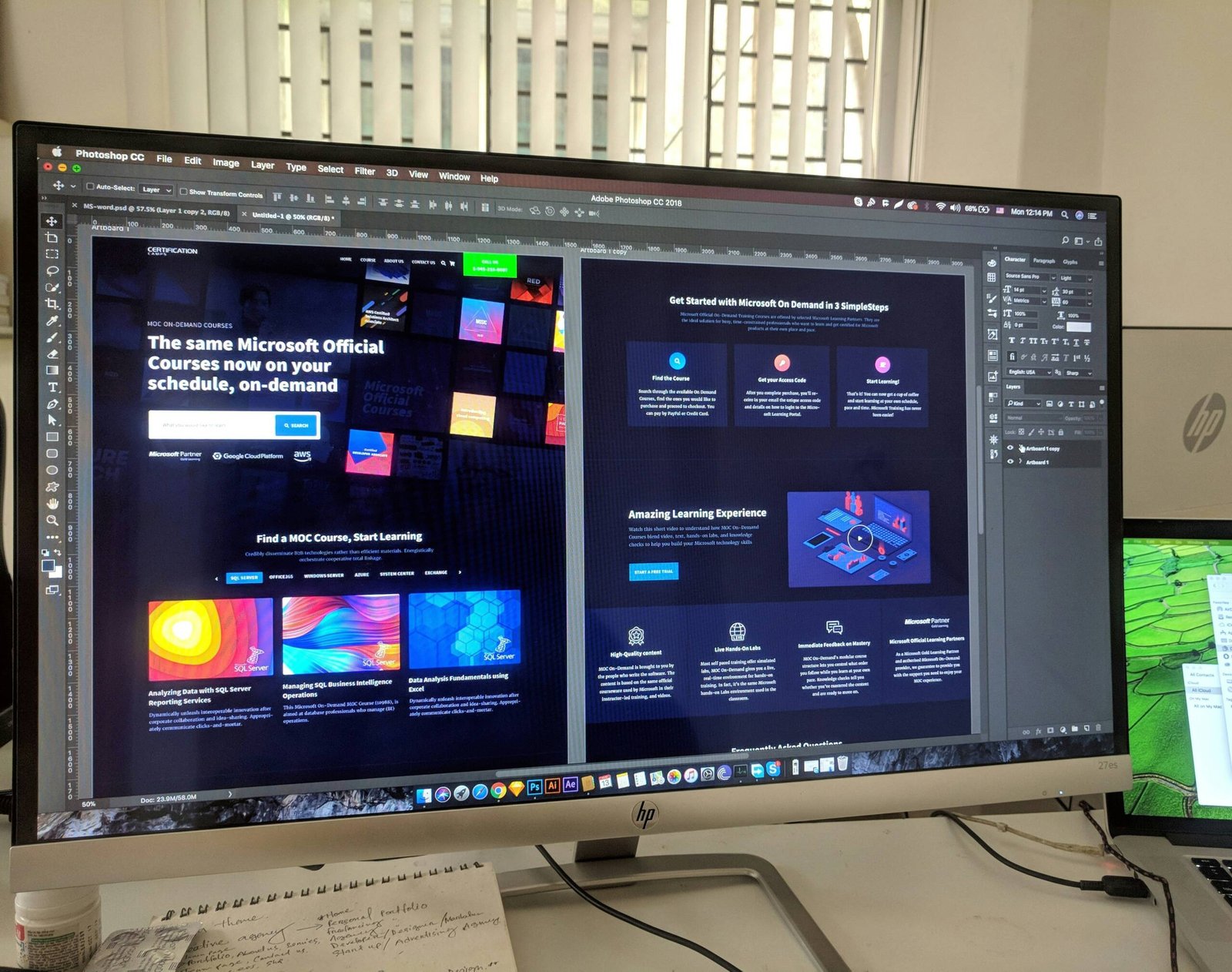Introduction
Designing a website from scratch can seem like a daunting task, especially if you’re new to web development. However, with the right approach and a clear plan, you can create a stunning website that not only looks great but also performs well in search engine rankings. In this article, we will guide you through 10 steps to help you design a website from scratch and optimize it for SEO.
Step 1: Define Your Goals and Target Audience
Before you start designing your website, it’s important to have a clear understanding of your goals and target audience. What is the purpose of your website? Are you selling products, providing information, or offering a service? Who are you trying to reach with your website? By defining your goals and target audience, you can tailor your design and content to meet their needs.
Step 2: Plan Your Website Structure
Once you have a clear understanding of your goals and target audience, it’s time to plan your website structure. This involves creating a sitemap that outlines the main pages and how they will be interconnected. A well-organized website structure not only helps users navigate your site easily but also improves SEO by making it easier for search engines to crawl and index your content.
Step 3: Choose the Right Platform
When designing a website from scratch, it’s important to choose the right platform that suits your needs. There are various content management systems (CMS) available, such as WordPress, Joomla, and Drupal, that offer user-friendly interfaces and a wide range of customizable themes. Consider factors like ease of use, scalability, and SEO capabilities when selecting a platform for your website.
Step 4: Design a User-Friendly Interface
The design of your website plays a crucial role in attracting and retaining visitors. Aim for a clean and intuitive interface that is easy to navigate. Use consistent branding elements such as colors, fonts, and logos to create a cohesive look and feel. Ensure that your website is responsive and mobile-friendly, as an increasing number of users access the web through mobile devices.
Step 5: Create Engaging and Relevant Content
Content is king when it comes to website design and SEO. Create engaging and relevant content that provides value to your target audience. Use keywords strategically throughout your content to improve search engine visibility, but avoid keyword stuffing. Include a mix of text, images, and videos to make your content more engaging and shareable.
Step 6: Optimize Your Website for SEO
To improve your website’s visibility in search engine rankings, it’s important to optimize it for SEO. This involves conducting keyword research to identify relevant keywords and incorporating them naturally into your content, meta tags, and URLs. Optimize your website’s loading speed, improve its mobile-friendliness, and build high-quality backlinks to enhance its SEO performance.
Step 7: Test and Optimize Your Website
Once your website is live, it’s crucial to test its functionality and performance. Check for broken links, test forms and interactive elements, and ensure that your website loads properly on different devices and browsers. Use analytics tools to track user behavior and identify areas for improvement. Regularly update and optimize your website to keep it fresh and relevant.
Step 8: Implement Social Media Integration
Social media integration is an effective way to promote your website and engage with your audience. Add social sharing buttons to your content to encourage users to share it on their social networks. Display your social media profiles prominently on your website and regularly update them with relevant content. This not only improves user engagement but also boosts your website’s SEO.
Step 9: Implement Analytics and Monitor Performance
Implementing analytics tools like Google Analytics allows you to track your website’s performance and gain valuable insights into user behavior. Monitor key metrics such as traffic, bounce rate, and conversion rate to measure the effectiveness of your website design and SEO strategies. Use this data to make informed decisions and continuously improve your website’s performance.
Step 10: Regularly Update and Maintain Your Website
Designing a website from scratch is not a one-time task. Regularly update and maintain your website to keep it secure, relevant, and user-friendly. Update your content regularly to provide fresh and valuable information to your audience. Stay up to date with the latest web design trends and SEO best practices to ensure that your website remains competitive in the online landscape.
Conclusion
Designing a website from scratch may seem like a complex process, but by following these 10 steps, you can create a website that not only looks great but also performs well in search engine rankings. Define your goals and target audience, plan your website structure, choose the right platform, design a user-friendly interface, create engaging content, optimize for SEO, test and optimize, integrate social media, implement analytics, and regularly update and maintain your website. By taking a systematic approach, you can design a website that stands out and attracts your target audience.



1 Comment